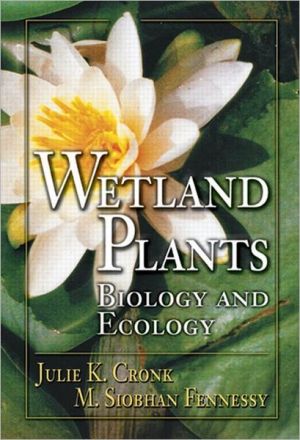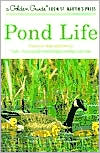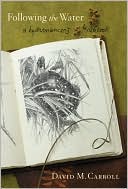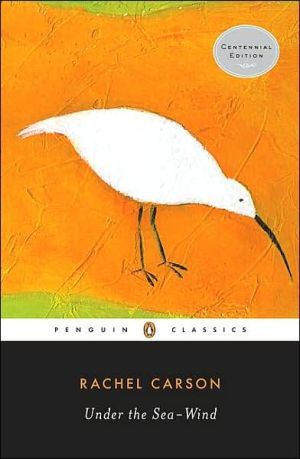Wetland Plants: Biology and Ecology
A detailed account of the biology and ecology of vascular wetland plants and their applications in wetland plant science, Wetland Plants: Biology and Ecology presents a synthesis of wetland plant studies and reviews from biology, physiology, evolution, genetics, community and population ecology, environmental science, and engineering. It provides a thorough discussion of the range of wetland plants adaptations to conditions such as life in water or saturated soils, high salt or high sulfur,...
Search in google:
A detailed account of the biology and ecology of vascular wetland plants and their applications in wetland plant science, Wetland Plants: Biology and Ecology presents a synthesis of wetland plant studies and reviews from biology, physiology, evolution, genetics, community and population ecology, environmental science, and engineering. It provides a thorough discussion of the range of wetland plants adaptations to conditions such as life in water or saturated soils, high salt or high sulfur, as well as low light and low carbon dioxide levels. The authors include the latest research on the development of plant communities in newly restored or created wetlands and on the use of wetland plants as indicators of ecological integrity and of wetland boundaries. Over 140 figures, including over 70 original photographs, allow you to visualize the concepts, 40 tables give you easy access to definitions and data, and international examples provide you with a broad base of information. The growing consensus in wetlands literature and research suggests that methods are needed to assess the ecological health or integrity of wetlands, to set goals for wetland restoration, and to track the status and trends of wetlands. Wetland plants are emerging as important indicators, and becoming an important part of this research. Wetland Plants: Biology and Ecology contains up-to-date information on this increasingly important area in wetlands technology. Booknews Synthesizing current research on wetlands plants and their ecological communities, Cronk (a private consultant in wetland ecology and restoration) and Fennesy (biology, Kenyon College) discuss basic biological information about wetland plants; look at the adaptations and reproductions of wetland macrophytes; and explore the function, dynamics, and potential disturbances of wetland plant communities. Growth forms, evolution, distribution, and diminishing habits are examined. The response of wetland plants to anoxia, salinity, and other stressful conditions is explored. Ecological areas discussed include primary production, community dynamics, and the dynamics of invasive plants. Finally, applications of wetland plant study are presented. Annotation c. Book News, Inc., Portland, OR
Preface Introduction Introduction to Wetland Plants Wetland Plant Communities The Physical Environment of Wetland Plants Wetland Plant Species: Evolution, Adaptations, and Reproduction Adaptations to Growth Conditions in Wetlands Reproduction of Wetland Angiosperms Wetland Macrophyte Communities: Function, Dynamics, Disturbance The Primary Productivity of Wetland Plants Community Dynamics in Wetlands Invasive Species in Wetlands Applications of Wetland Plant Studies Wetland Plants in Restored and Constructed Wetlands Wetlands Plants as Biological Indicators Appendix References Index
\ From The CriticsSynthesizing current research on wetlands plants and their ecological communities, Cronk (a private consultant in wetland ecology and restoration) and Fennesy (biology, Kenyon College) discuss basic biological information about wetland plants; look at the adaptations and reproductions of wetland macrophytes; and explore the function, dynamics, and potential disturbances of wetland plant communities. Growth forms, evolution, distribution, and diminishing habits are examined. The response of wetland plants to anoxia, salinity, and other stressful conditions is explored. Ecological areas discussed include primary production, community dynamics, and the dynamics of invasive plants. Finally, applications of wetland plant study are presented. Annotation c. Book News, Inc., Portland, OR\ \








